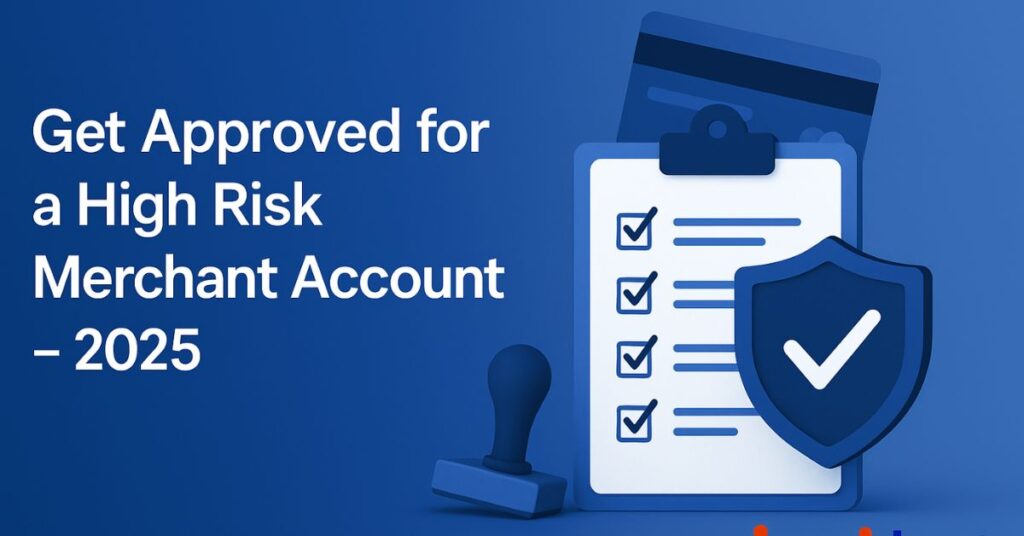
A high risk merchant account is a payment processing setup designed for businesses that face a greater chance of chargebacks, fraud, or shifting regulations. Unlike standard accounts, these come with stricter underwriting requirements, higher fees, and sometimes a cash reserve to protect processors against potential losses. Industries such as CBD products, adult entertainment, travel bookings, and subscription services often fall into this category, so understanding the criteria up front will speed your path to approval.
To secure this account in 2025, start by gathering the right paperwork, choosing a provider that accepts your sector, and submitting an application that highlights your risk management approach. Follow the steps below to move from “high risk” label to live payment processing as quickly as possible.
Why Your Business Might Be Considered High Risk
Certain products and services trigger closer scrutiny because they carry a history of disputes or operate under complex rules. If you sell age restricted goods like CBD or vape cartridges, you must track changing state and federal regulations. Subscription models that bill customers automatically can lead to confusion and result in disputes if billing terms are not prominently displayed. Travel agencies and event ticket sellers juggle cancellations and refunds, which often drive up their chargeback ratios. Even sectors like online gaming or adult entertainment face tighter oversight due to reputational concerns. If your business model aligns with any of these, you will need a specialist account rather than a generic processor.
Collecting Your Documentation in Advance
Applications stall most often because of missing files. Before you apply, assemble a copy of your business registration or articles of incorporation along with any industry specific licenses. Pull your bank statements covering at least the past three months so underwriters can verify cash flow. Have your tax ID or Employer Identification Number (EIN) on hand, as well as clear screenshots of your live website showing your privacy policy, refund policy, and shipping terms. Finally, make sure every owner or principal on the account provides a government issued photo ID. Storing these in a single digital folder lets you upload everything at once, cutting review time and reducing follow up emails.
Choosing a Provider That Accepts High Risk Merchants
Not every payment gateway handles higher risk industries, so choose one that openly advertises support for your sector. Look for transparent fee schedules, clear reserve policies, and built in tools for spotting potential fraud or chargeback red flags. At inquid, we focus on merchants in traditionally hard to place categories and back our clients with real time reporting dashboards and proactive alerts. You can read more about our options on our high risk merchant account page or visit our homepage for a full overview.
Crafting an Application That Stands Out
When you complete the application, describe how you will manage disputes and maintain compliance. Outline your refund process in detail, noting how customers request returns or contest charges. Mention any fraud filters you use such as address verification (AVS) and CVV checks, and explain that you will send reminders before billing subscription fees. In the compliance section, summarize how you will keep licenses up to date, how often you train staff on dispute resolution, and which transaction monitoring tools you employ. Even a brief one page business plan covering your products or services, projected monthly sales volume, and primary marketing channels helps underwriters see your revenue model clearly.
What to Expect After You Apply
Approvals from automated providers can arrive within 3-5 business days, while manual underwriters may take up to two weeks. During this period, check your email every day for any follow up questions. Promptly supplying any additional documents or clarifications can speed up the final decision. Keep your website live and your policies easy to access, since underwriters may spot check your public pages to verify details.
Turning a Decline into a Second Chance
If your application is declined, do not view it as a dead end. Most processors will tell you exactly why they turned you down, whether it is a missing document or a gap in your risk management. Address each point by updating policies, supplying extra proof of sales, or clarifying your chargeback prevention methods. After making those adjustments, you can reapply with the same provider or explore another gateway with a different appetite for risk.
Ready to Get Started?
You now have a clear roadmap to secure your high risk merchant account in 2025. If you would like expert support or hands on guidance through every step, please contact our team and we will help you move from application to processing without delay.
